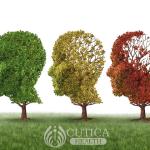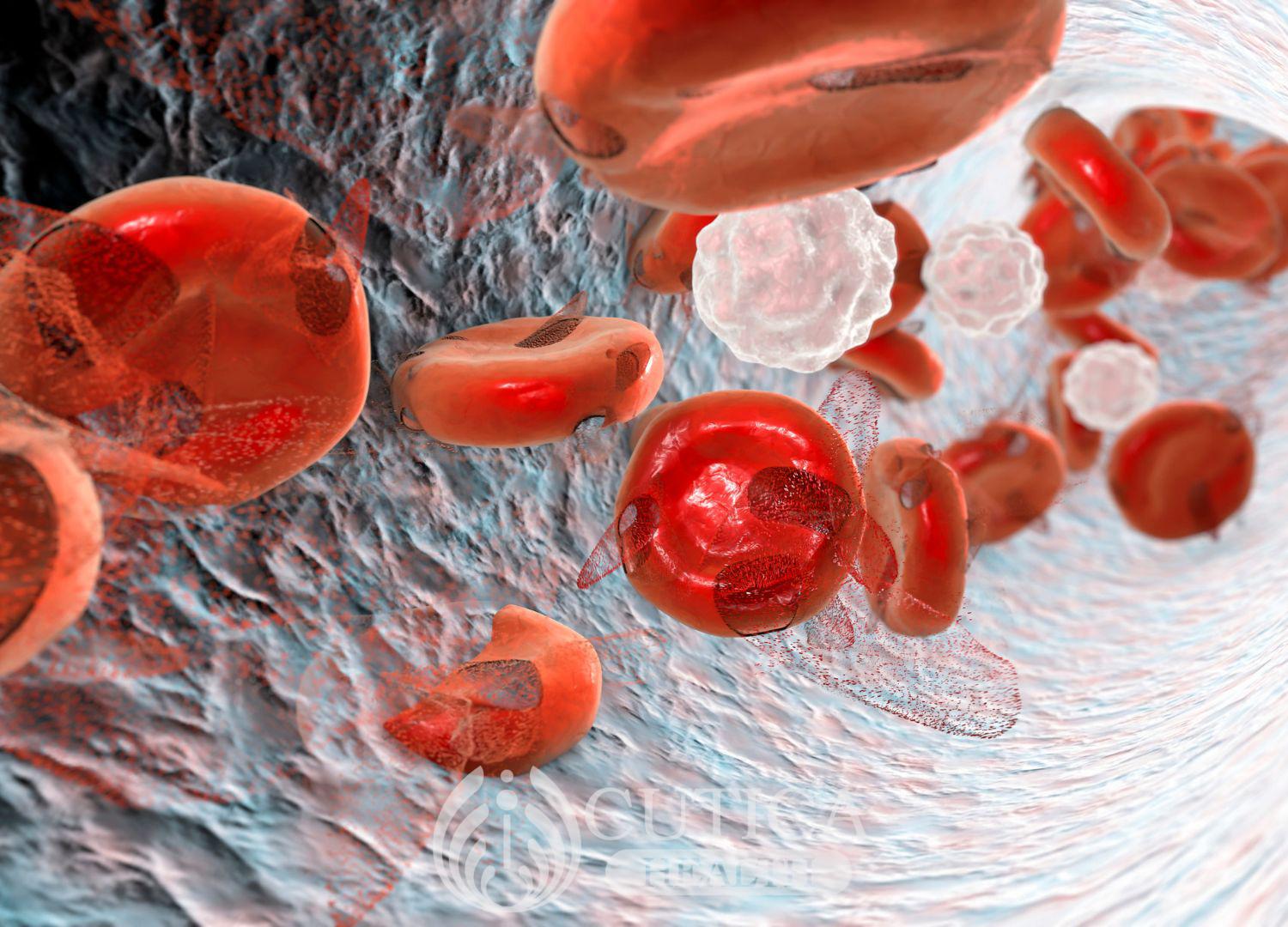
Janet had been having the heaviest periods in the last couple of months. She just had the one for this month and she has not been herself. Her energy felt halved and his heartbeat galloped immensely. She also had a headache with nails which broke too easily these days. What is wrong with her?
Anemia
This simply means shortage of red blood cells, which are the cells that transport oxygen within the blood. If these cells are depleted, blood loses its capacity to carry oxygen to all parts of the body, and this causes serious complications.

This shortage of red blood cells can be due to bleeding, nutritional deficiencies particularly iron and vitamin B12 deficiency, diseases like malaria, HIV, and parasitic infections, and rarely certain drugs.
Types of Anemia and their causes
There are many types of anemia, based on their causes, and some of them include:
- Sickle-cell anaemia: This is a genetic form of anemia that involves an abnormal shape of the red blood cells. Red blood cells have a biconcave shape but in this type of anemia, the cells are sickle-shaped. As a result of the nature of these cells, they impede blood flow by blocking blood vessels. This then deprives organs of necessary blood and oxygen. Red blood cells contain hemoglobin which helps carry oxygen.
- Pernicious anaemia: This occurs when substances in the intestine that promotes the absorption of vitamin 12 are depleted. Vitamin B12 helps in producing healthy red blood cells.
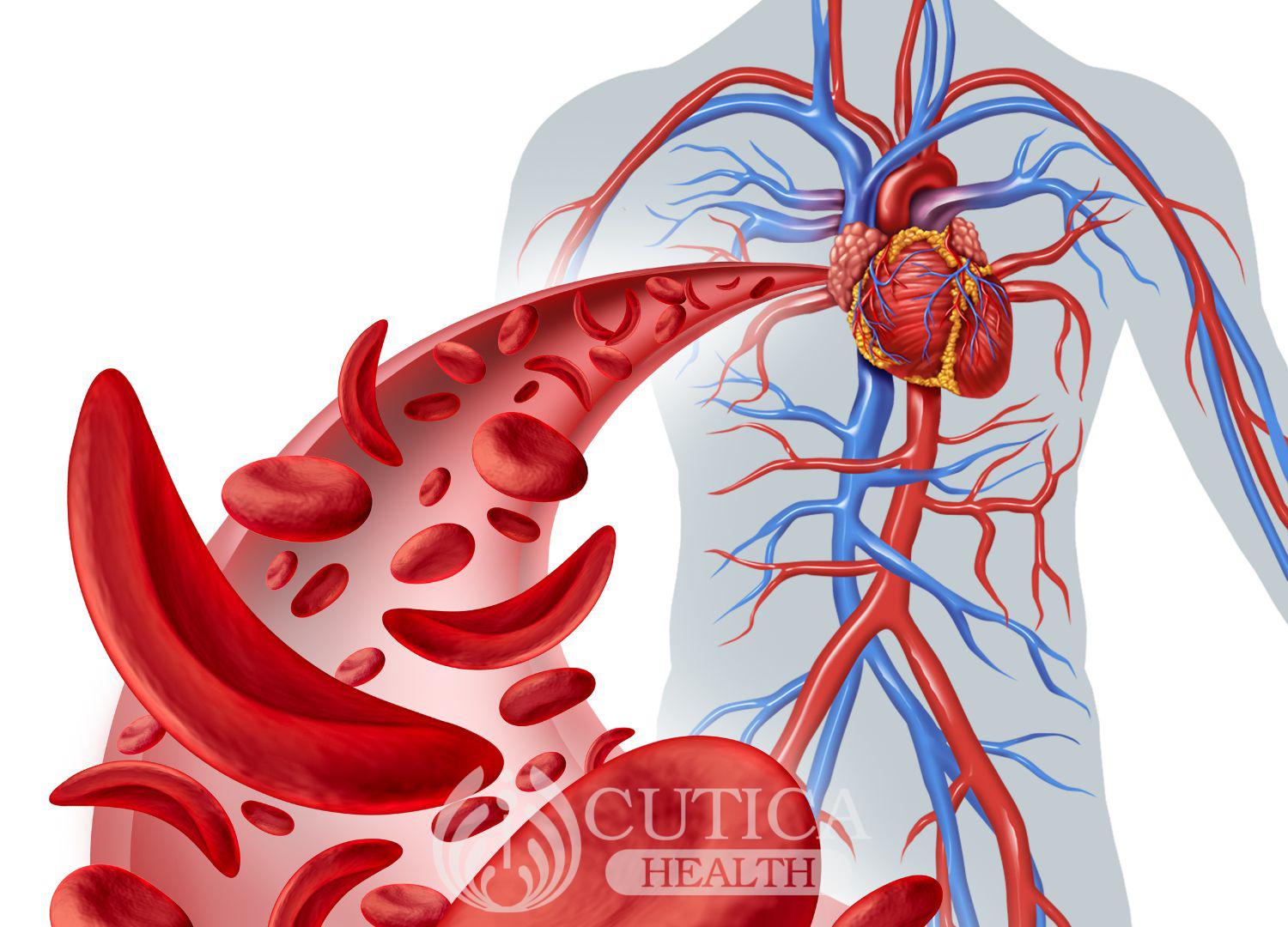
Hemolytic anaemia: This is a blood condition where red blood cells get destroyed faster than they can be replaced. This could occur in people with a genetic condition, called spherocytosis, where their red blood cells get destroyed faster than normal cells.
Aplastic anaemia: Blood cells are made in the bone marrow, but in this type of anemia, the bone marrow is damaged and cannot produce enough red blood cells.
- Iron-deficiency anaemia: This is due to low amount of iron in the blood. Iron is an essential component of hemoglobin, and once it is not enough, the hemoglobin content in the blood reduces. One can develop iron-deficiency anemia from blood loss resulting from heavy menstruation or accidents, or from poor dietary intake of iron.
Symptoms of Anemia
Signs that your body is not receiving adequate oxygen from depleted red blood cells include:
- Dizziness
- Light-headedness
- Fatigue or weakness
- Shortness of breath
- Fast heart rate or palpitations
- Pale skin
- Brittle nails
- Headache
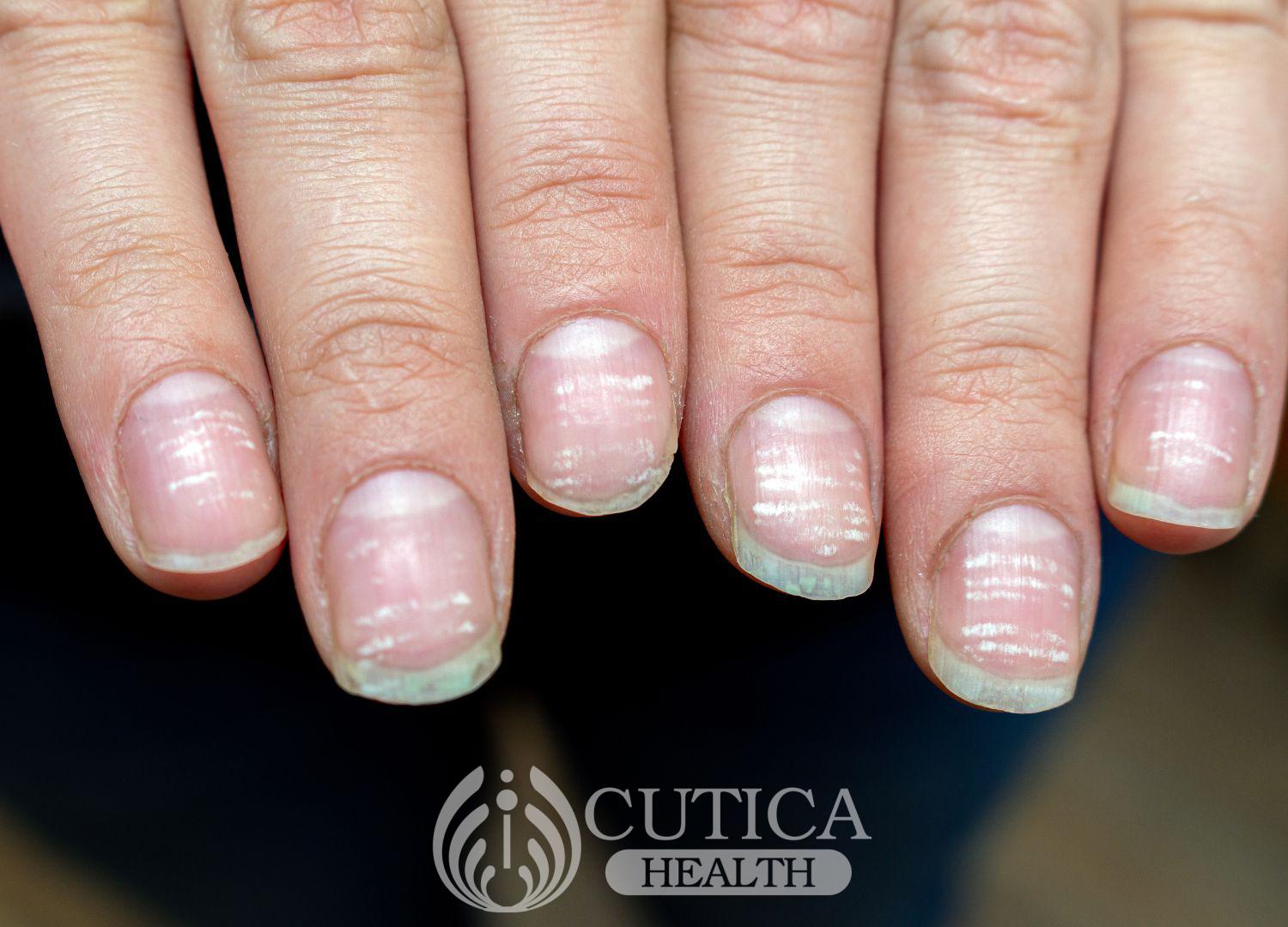
Treatment of anemia
In treating anemia, the root cause has to be identified. Treatment methods include:
- Use of medications, e.g. dietary supplements, vitamins, and drugs that induce blood formation. Persons with iron deficiency anemia may need to be on iron tablets for some time to restore the red blood cell levels, while folic acid tablets are indicated in anaemia caused by folic acid deficiency.
- Blood transfusion: This is indicated in cases of severe depletion of red blood cells, such as blood loss, where blood levels need to be increased urgently.
- Advanced treatments such as gene therapy and bone marrow transplant may be needed for certain genetic causes of anaemia such as sickle cell anaemia and aplastic anaemia.
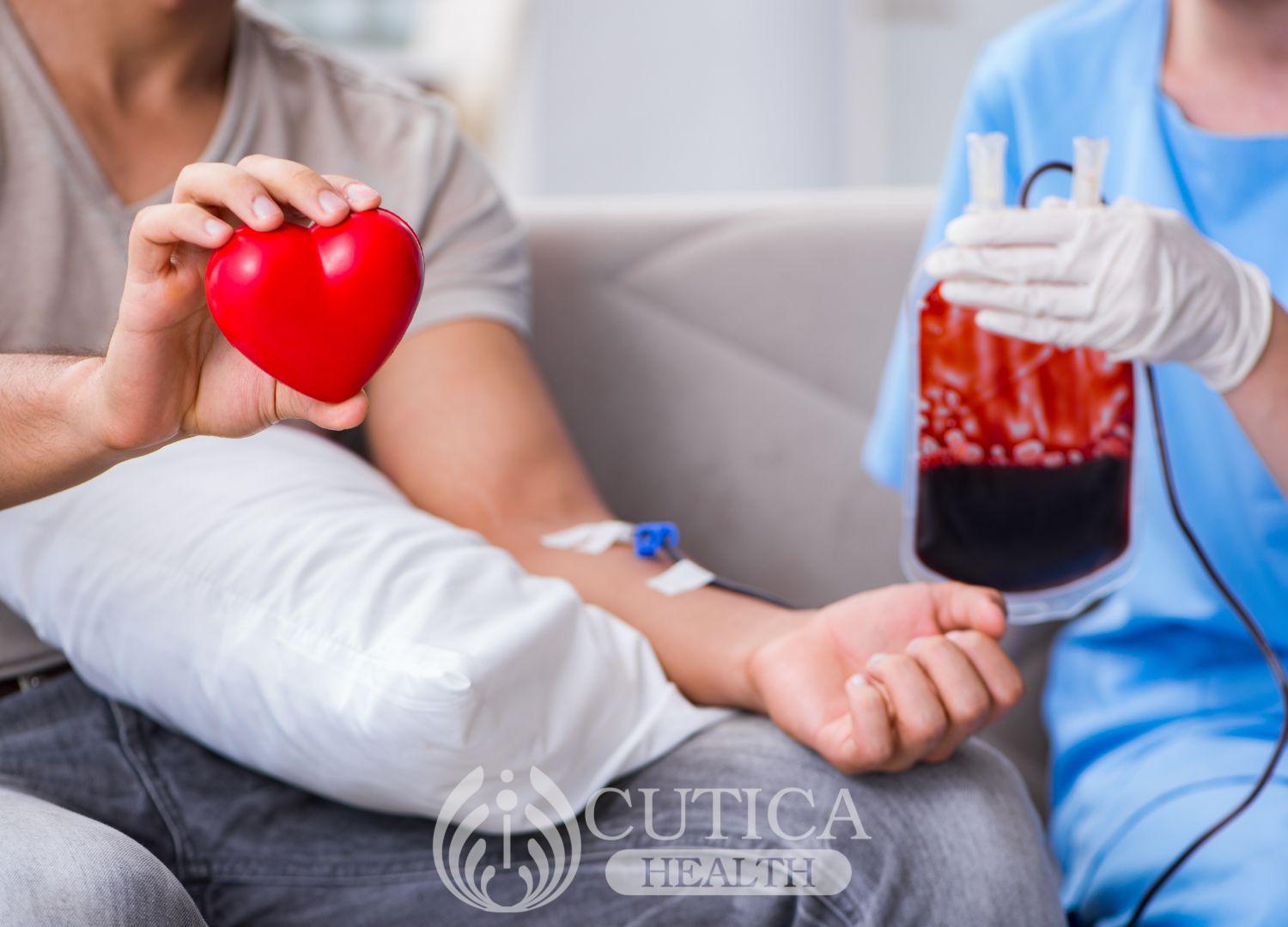
Anaemia is a condition in which the blood slowly loses its capacity to carry the all-important oxygen, the gas that keeps us alive. This happens when the red blood cells that do this vital job are depleted or reduced in number. This could occur from direct bleeding, from heavy periods or injuries, or problems with the cells themselves, as in sickle cell anaemia. Anaemia is treatable, and the inciting cause needs to be identified first to determine the best way to treat it.

